Mahogany or other wood countertops
Lalala (zone 6b)
9 years ago
Related Stories
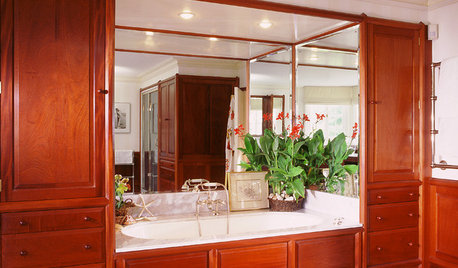
MATERIALSWoodipedia: Mahogany Furnishes a Rich Look
Its beautiful depth of color is cherished the world over. Learn about mahogany types, costs and uses here
Full Story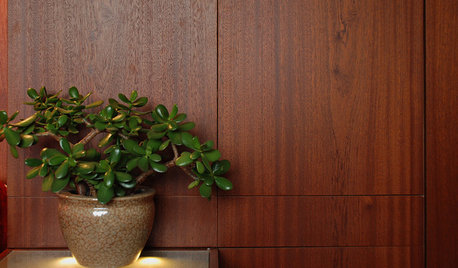
REMODELING GUIDESWhy Mahogany? Amazing Grain, Luminous Color
Mahogany's Character and Warmth Shines Indoors and Out
Full Story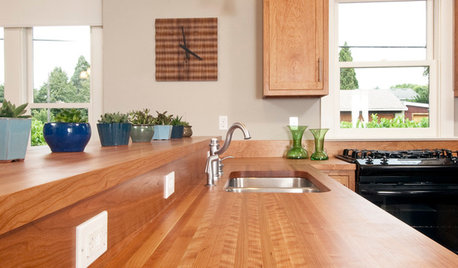
KITCHEN DESIGNWonderful Wood Countertops for Kitchen and Bath
Yes, you can enjoy beautifully warm wood counters near water sans worry (almost), with the right type of wood and sealer
Full Story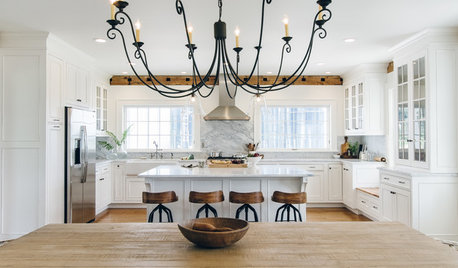
WHITE KITCHENS4 Dreamy White-and-Wood Kitchens to Learn From
White too bright in your kitchen? Introduce wood beams, countertops, furniture and more
Full Story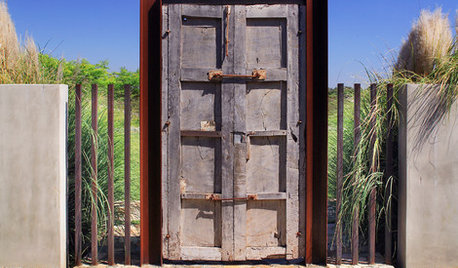
MATERIALSMesquite: The Brawny Beauty for All Over the Home
Denser than other hardwoods and sporting beautiful coloration, mesquite makes a fine material for flooring, countertops, furniture and more
Full Story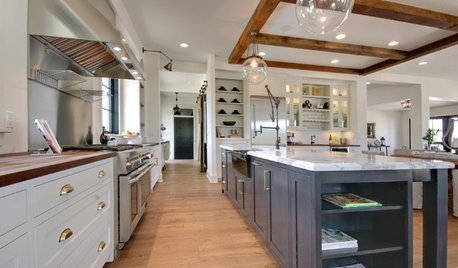
KITCHEN COUNTERTOPS10 Countertop Mashups for the Kitchen
Contrast or complement textures, tones and more by using a mix of materials for countertops and island tops
Full Story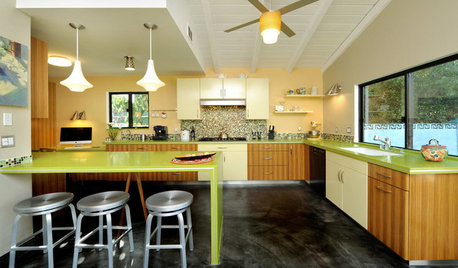
GREENKitchen of the Week: Green and Gorgeous in California
An apple-green countertop color matches this kitchen renovation's green approach: ecofriendly floors, sustainably harvested wood and more
Full Story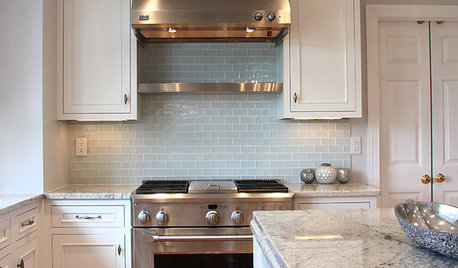
KITCHEN DESIGN5 Favorite Granites for Gorgeous Kitchen Countertops
See granite types from white to black in action, and learn which cabinet finishes and fixture materials pair best with each
Full Story
MOST POPULARYour Guide to 15 Popular Kitchen Countertop Materials
Get details and costs on top counter materials to help you narrow down the choices for your kitchen
Full Story





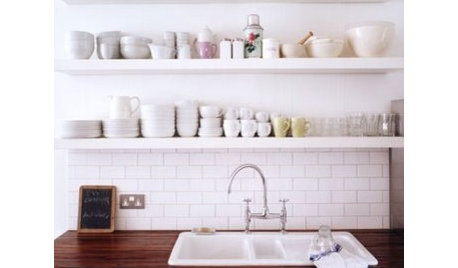



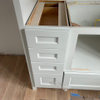
klem1
jakuvall
Related Professionals
Albany Kitchen & Bathroom Designers · Barrington Hills Kitchen & Bathroom Designers · Hillsboro Kitchen & Bathroom Designers · Normal Kitchen & Bathroom Remodelers · Beaverton Kitchen & Bathroom Remodelers · Idaho Falls Kitchen & Bathroom Remodelers · Trenton Kitchen & Bathroom Remodelers · Aspen Hill Cabinets & Cabinetry · Bullhead City Cabinets & Cabinetry · Gaffney Cabinets & Cabinetry · Town 'n' Country Cabinets & Cabinetry · Santa Monica Tile and Stone Contractors · Spartanburg Tile and Stone Contractors · Gardere Design-Build Firms · Shady Hills Design-Build Firmsajc71
romy718
northcarolina
Lalala (zone 6b)Original Author
springroz
Lalala (zone 6b)Original Author
ajc71
jakuvall
ajc71
cookncarpenter
jakuvall
lazy_gardens
meganmca
Iowacommute
Lalala (zone 6b)Original Author
Susan St. Pierre